The dunnock is the Cinderella of the bird world. Sweeping up underneath the other birds, and always missing out on the celebrity invitations (try finding a dunnock-themed Christmas card).
However, like the robins and wrens, dunnocks are all around us, and they bring some welcome music to the winter months.
The sweet, high-pitched stream of notes sounds somewhat thin, almost fragile.
It can be most noticeable on bright, frosty days, when its crystalline qualities somehow complement the weather conditions.
There isn’t much of a tune to hang on to. Recommended approach:
a) notice that it isn’t quite right for a robin or a wren (and certainly nothing like a blackbird or a song thrush)
b) realise it’s pretty much the same each time - a few seconds in every burst, all around the same volume
c) become familiar with the sound through sheer repetition.
February is a good time to get to know the dunnock, while most of the birdsong is still just brewing, and the branches are bare.
Dunnocks like to sing from a lowish position, often around head height. They can perch out in profile while in song, but are as likely to be tucked a little way into a shrub, making them easy to miss.
And when seen well, the dunnock reveals a subtle beauty of its own: mottled silvery greys transitioning into a chequered array of buffs and browns.
The experience of listening to a dunnock may also be enhanced by knowledge of its subversive private life.
This has not always been well understood. The Reverend Frederick Morris, a Victorian ornithologist as well as priest, urged his parishioners to see in the dunnock a model for their own behaviour:
Unobtrusive, quiet and retiring, without being shy, humble and homely in its deportment and habits, sober and unpretending in its dress, while still neat and graceful - the Dunnock exhibits a pattern which many of a higher grade might imitate, with advantage to themselves and benefit to others through an improved example.
While few would argue about the modesty of the bird’s appearance, more recent studies of dunnock behaviour have revealed that, far from the sober role models they have been cast into, dunnocks are in fact notably randy.
Both males and females are prone to taking multiple partners during the breeding season, forming complex sexual arrangements and mating with high frequency.
Little extras
‘Dunnock’ is derived from Old English, and means ‘little brown one’.
They have many local and traditional names (including ‘hedge warbler’), and are still often referred to as ‘hedge sparrows’.
You can tell they are not true sparrows by their thin beaks. This gives away their preference for eating insects, and is why you’re unlikely to see one hanging off your peanuts.
Dunnocks are found througout Europe, and in New Zealand, where there were introduced. Find out more about dunnock behaviour and ecology in the UK on the BTO website.
Next week: Wren
📺 Swans, eagles, albatrosses, lovebirds
When days are short or it’s hard to get outside, many of us now turn to a little web-based birding.
During last weekend’s Early Bird Club session we dropped in on birds on four different continents. Swans, eagles, albatrosses and lovebirds, all in the course of an hour.
Our favourite live feeds include a selection that seem to be reliable early in 2024, updated here.
Appreciations to the individuals and organisations that make this vicarious birding possible.
Thanks for reading and listening. This is the sixth instalment in 2024’s cycle of Shriek of the Week. You can catch up with Great Spotted Woodpecker, Robin, Great Tit, Song Thrush, and Blackbird (the last includes an explanation of how this all works in 2024).
For those in a position to do so, taking out a paid subscription to Shriek of the Week supports me to write more and improve what I do. It also gets you an invite to our livestream odyssey Early Bird Club call, on the first Saturday of the month (8-9am UK time), and discounts to some in-person events in the UK.
Welcome and thank you to new supporters Hilary and Rosemary, and to long-standing supporters Sara K, Rob & Judith, Katie M and Sue R.
Find more birds by ear in 2024 with Birdsong Academy:
British Birdsong Essentials course (beginning two weeks today)
Up With The Birds dawn chorus calls (free, March - May)
Credits:
The quote from the Reverend Frederick Morris is as reproduced in The Wisdom of Birds: An Illustrated History of Birds, by Tim Birkhead.
Dunnock image by Kathy Büscher.




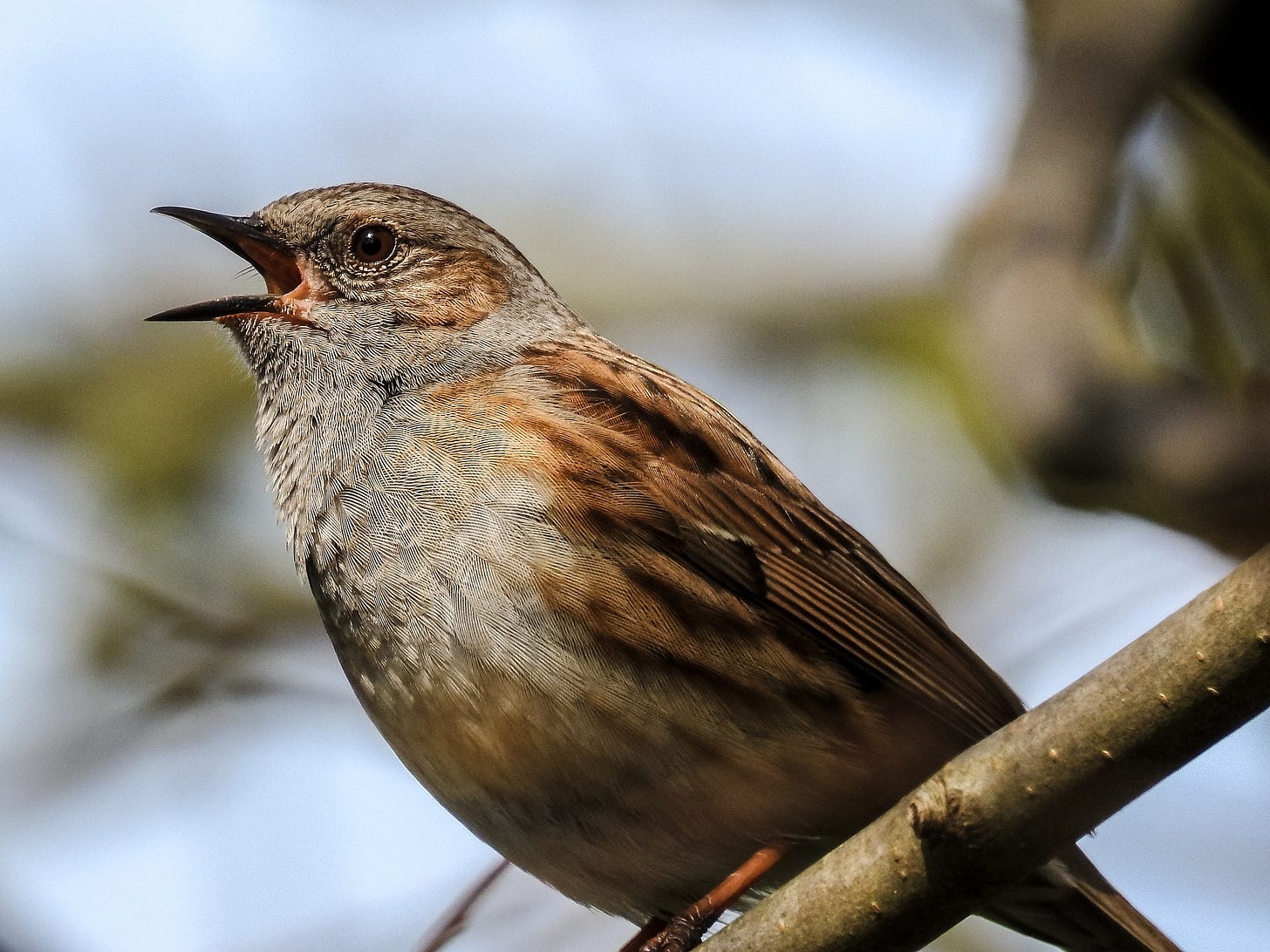



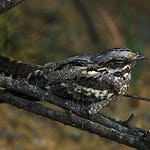
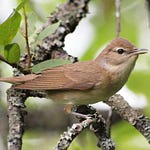

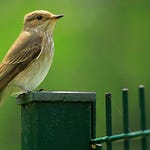


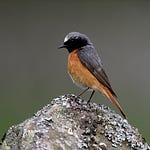
Share this post